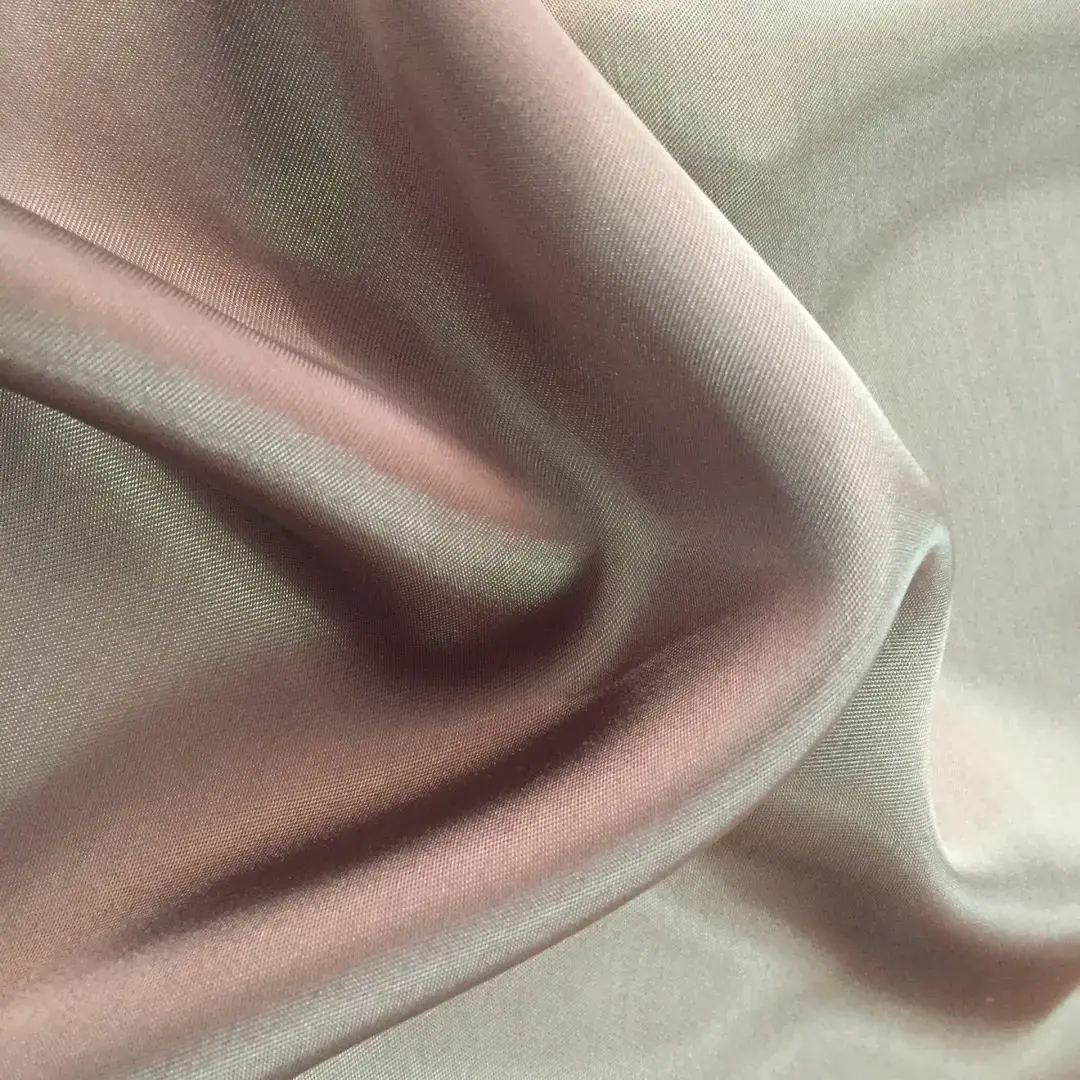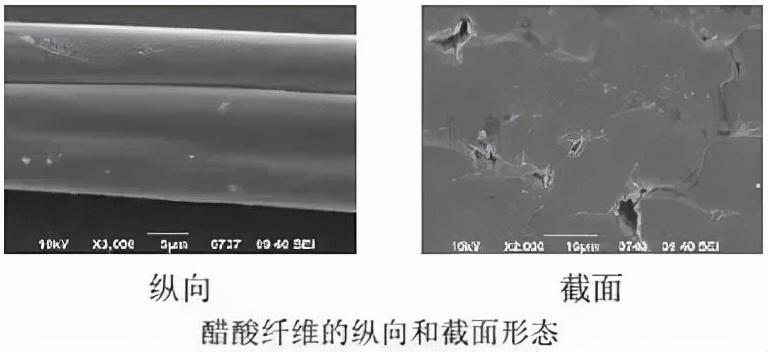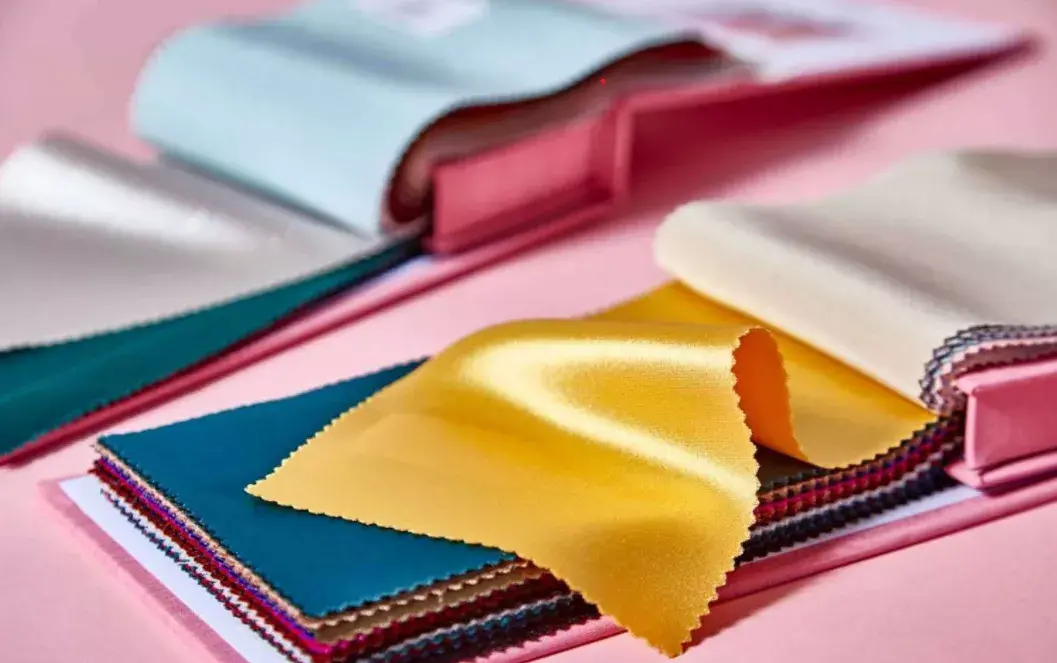Acetate fiber was born in the early 20th century. It was successfully trial-produced and industrialized in the United Kingdom in the early 1920s. It is currently the third fiber among cellulose fibers after viscose fiber. Two major varieties. Acetate fiber can be used to make textiles, cigarette filters, film bases, plastic products, etc.
1. Introduction to acetate fiber
Cellulose acetate, the English name is cellulose acetate, referred to as CA. Acetate fiber is divided into diacetate fiber and triacetate fiber, which is a type of man-made fiber. Chemical fibers are made from cellulose as raw material and converted into cellulose acetate through chemical synthesis. First prepared in 1865, it is an acetate ester of cellulose. A thermoplastic resin obtained by esterifying cellulose with acetic acid or acetic anhydride under the action of a catalyst. It is a chemically modified natural polymer obtained by esterifying the hydroxyl groups in the cellulose molecule with acetic acid. Its properties depend on the degree of acetylation.

2. Classification of acetate fiber
According to the degree of substitution of hydroxyl groups by acetyl groups in cellulose, it can be divided into diacetate fiber and triacetate fiber.
Diacetate is a first-type acetate formed after partial hydrolysis, and its degree of esterification is lower than that of triacetate. Therefore, the heating performance is not as good as that of trivinegar, the dyeing performance is better than that of trivinegar, and the moisture absorption rate is higher than that of trivinegar.
Triacetate is a type of acetate that does not undergo hydrolysis and has a high degree of esterification. Therefore, it has strong light and heat resistance, poor dyeing performance, and low moisture absorption rate (also called moisture regain).
In the molecular structure of cellulose acetate, the hydroxyl group on the glucose ring of cellulose is replaced by an acetyl group to form an ester bond. The fiber is less esterified than triacetate due to hydrolysis. The supramolecular structure of diacetate fiber has a larger amorphous area, while triacetate fiber has a certain crystalline structure, and the symmetry, regularity, and crystallinity of the fiber macromolecules are higher than those of diacetate fiber.
3. The structure of acetate fiber


The longitudinal fiber surface is smooth and relatively uniform, with obvious grooves; as can be seen from its cross-sectional shape, the fiber has no skin-core structure and is in the shape of a clover leaf, with a smooth periphery and few shallow grooves. Sawtooth.
4. Chemical properties of acetate fiber
1. Alkali resistance
Weak alkaline alkaline agent basically does not cause damage to acetate fiber, and the fiber The weight loss rate is very small. After encountering strong alkali, especially diacetate fiber, it is prone to deacetylation, resulting in weight loss, strength and modulus. Therefore, the pH value of the solution used to treat cellulose acetate should not exceed 7.0. Under standard washing conditions, it has strong resistance to chlorine bleaching and can also be used for dry cleaning with perchlorethylene.
2. Resistance to organic solvents
Cellulose acetate is completely soluble in acetone, DMF, and glacial acetic acid, but is insoluble in ethanol and perchlorethylene. Based on these characteristics, acetone can be used as a spinning solvent for acetate fiber, and tetrachlorethylene can be used for dry cleaning of acetate fiber fabric.
3. Acid resistance
Acetate fiber has good acid resistance and stability. Common sulfuric acid, hydrochloric acid, and nitric acid will not affect the strength, gloss, and elongation of the fiber within a certain concentration range; but it can be dissolved in concentrated sulfuric acid, concentrated hydrochloric acid, and concentrated nitric acid. .
4. Dyeability
Although acetate fiber is derived from cellulose, during the esterification process, a large part of the polar hydroxyl groups on the glucose ring of cellulose are replaced by acetyl groups to form esters. Therefore, the dyes commonly used for dyeing cellulose fibers have almost no effect on acetate fiber. There is no affinity and it is difficult to get infected. The most suitable dyes for acetate fibers are disperse dyes with low molecular weight and similar dye uptake rates.
The acetate fiber or fabric dyed with disperse dyes has bright and bright colors, good level dyeing effect, high dye absorption rate, and bright color. The fastness is also high and the color spectrum is complete.
5. Physical properties of acetate fiber
1 , Acetate fiber not only has a certain degree of water absorption, but also has the ability to be quickly removed after absorbing water.
2. The thermal stability of acetate fiber is good. The glass transition temperature of the fiber is around 185 ℃, and the melting termination temperature is around 310 ℃. The temperature rise is completed. When, the weight loss rate of the fiber is 90.78%; the breaking strength of acetate fiber is 1.29 cN/dtex, and the strain is 31.44%.
3. The density of acetate fiber is smaller than that of viscose fiber, and is closer to polyester; its strength is the lowest among the three fibers.
4. Acetate fiber has relatively good elasticity, similar to silk and wool.
5. The shrinkage rate of boiling water is low, but high temperature treatment will affect the strength and gloss of the fiber, so the temperature should not exceed 85 ℃.








